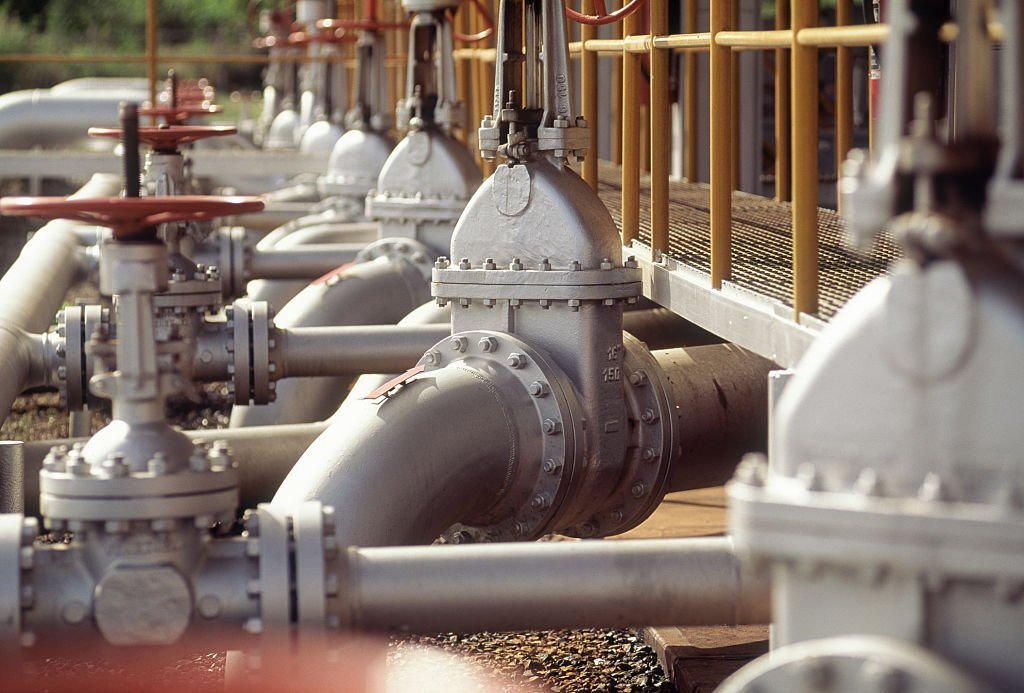
The oil and gas industry stands as a cornerstone of modern civilization, powering economies, industries, and transportation systems. Central to its success is a vast array of specialized equipment that plays a pivotal role in every stage of the energy value chain. From exploration and extraction to transportation and refining, oil and gas equipment is the driving force behind operational efficiency. This comprehensive article delves into the multifaceted contributions of oil and gas equipment, exploring how advanced technology, optimized processes, and streamlined operations collectively enhance the industry’s efficiency, productivity, and profitability.
Technology’s Transformative Role
Modern oil and gas operations are characterized by a relentless pursuit of technological advancements. Oil and gas equipment has evolved to incorporate cutting-edge technologies that revolutionize traditional processes.
1. Advanced Sensing and Monitoring: Sophisticated sensors and monitoring systems embedded within equipment provide real-time data on operational conditions, helping detect potential issues before they escalate. This proactive approach minimizes downtime and prevents costly breakdowns.
2. Automation and Robotics: The integration of automation and robotics streamlines repetitive and hazardous tasks, reducing human intervention in high-risk environments. This not only enhances safety but also accelerates processes and ensures consistent output.
3. Digitalization and Data Analytics: Oil and gas equipment generates massive amounts of data, which, when harnessed through data analytics, provides valuable insights into equipment performance and operational efficiency. This data-driven approach optimizes maintenance schedules, reduces unplanned downtime, and improves overall productivity.
Optimized Processes for Efficiency
Efficiency in oil and gas operations is closely tied to the optimization of processes, and equipment plays a pivotal role in achieving this optimization.
1. Drilling and Exploration: Advanced drilling equipment enables precise and efficient well placement, maximizing reservoir recovery while minimizing environmental impact. Directional drilling, underbalanced drilling, and other techniques improve accuracy and resource extraction.
2. Production and Processing: Wellhead equipment, separators, and refining units are designed to maximize throughput and minimize losses. Modern equipment ensures that crude oil and natural gas are processed efficiently, reducing wastage and improving yields.
3. Transportation and Storage: Pipelines, storage tanks, and loading/unloading equipment facilitate the smooth movement of oil and gas from production sites to refineries and distribution points. Properly designed and maintained infrastructure minimizes losses and disruptions during transportation.
Streamlined Operations and Productivity
Efficient operations are rooted in streamlined processes, and oil and gas equipment plays a pivotal role in achieving such productivity.
1. Reduced Downtime: Modern equipment incorporates predictive maintenance strategies, allowing for the identification of potential failures before they lead to unplanned downtime. This approach minimizes production interruptions and enhances overall uptime.
2. Faster Turnaround: Equipment that enables quicker maintenance, repair, and replacement leads to faster turnaround times for operations. This agility is critical in capitalizing on market opportunities and responding to changing demand.
3. Optimal Resource Allocation: Equipment that optimizes resource usage, such as energy-efficient pumps and compressors, ensures that energy consumption is minimized while maintaining operational output.
Profitability and Cost Management
The contributions of oil and gas equipment to operational efficiency translate directly into profitability and effective cost management.
1. Reduced Operating Costs: Efficient equipment minimizes energy consumption, waste generation, and maintenance expenses. Over the long term, this leads to lower operating costs and improved profitability.
2. Enhanced Yield: High-performing equipment extracts more resources from each well, increasing overall production and revenues.
3. Market Adaptability: Equipment that can be easily modified or retrofitted allows companies to adapt to changing market conditions, enabling quick shifts in production strategies based on demand and pricing.
Environmental and Safety Considerations
Efficiency in the oil and gas industry also extends to environmental responsibility and worker safety, both of which are influenced by the equipment used.
1. Emission Reduction: Advanced equipment contributes to reduced greenhouse gas emissions and pollution by incorporating cleaner technologies and efficient combustion processes.
2. Safety Enhancements: Equipment designed with safety features and automation reduces human exposure to hazardous environments, minimizing the risk of accidents and injuries.
3. Waste Management: Equipment that efficiently manages waste products, such as drilling cuttings and produced water, ensures compliance with environmental regulations, and minimizes environmental impact.
Conclusion
Oil and gas equipment is the cornerstone of operational efficiency within the industry. Its contributions are far-reaching, spanning technological innovation, streamlined processes, increased productivity, and enhanced profitability. As the industry continues to evolve, the role of equipment in optimizing operations becomes increasingly pivotal. Balancing economic and environmental considerations while maximizing efficiency remains a paramount objective. With every technological leap and process enhancement, oil and gas equipment solidifies its position as the driving force behind the industry’s continued success on a global scale.

